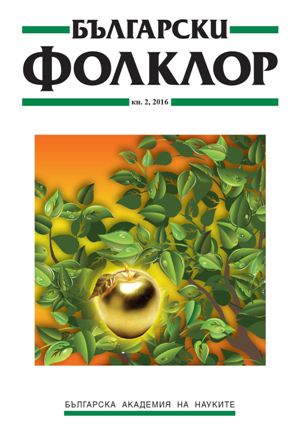
We kindly inform you that, as long as the subject affiliation of our 300.000+ articles is in progress, you might get unsufficient or no results on your third level or second level search. In this case, please broaden your search criteria.

The Slovaks living in Serbia, Croatia and Romania are not just a result of historical development from the perspective of assimilation, but they create ethnic communities which are active, purposeful and coordinated. This situation is not a matter of course, automatic or inertia. It is the result of sophisticated and conscious continuous stimulation of ethnicity. Specifics of environments of these Slovaks are an important determinant of general and particular development trends and perspectives of their existence. Ethno-cultural research must therefore take into account the current local, regional and areal context of their identity, language and cultural traditions. It is more effective to perceive the minority culture from the perspectives of its preservation of the cultural wealth and values and to interpret it as the cultural potential that can be converted into the cultural capital.
More...
The paper deals with the basic issues of political development of Hungarian opposition parties during the period of the First Czechoslovak Republic (CSR). Within the frame of parliamentary democracy in CSR the whole array of political parties was active,including political associations based on the ethnic principle. Among the Hungarian community the primary role was played by the Provincial Christian Social Party (PChSP) and the Hungarian National Party (HNP). Eventually, even though they were representing primarily interests of the Hungarian population,they differed in their confessional orientation, but also in their ability to gain support of voters outside the Hungarian community. PChSP, which represented itself as the strictly Catholic Party, was able to attract preferences of a segment of Slovak Catholics. On the other side, the Hungarian National Party could count on votes of certain number of members of the Jewish minority. The both parties differentiated also in their approach to ruling coalition. Whereas MNS was pursuing a policy of opposition in some circumstances it was open to cooperation with government if its demands aimed at improvement of the status of Hungarian community would be met, the PChSP was a priori against any cooperation with government. Till their unification both Hungarian opposition parties were active as autonomous political associations.A dramatic development of political situation at the close of 1938 resulted in a radical change of the status of the Hungarian political opposition as well as Hungarian population. On the basis of Vienna Arbitrage from 2 November 1938, a sizeable part of the Southern Slovakia, where the majority of members of the Hungarian minority lived was annexed by Hungary.
More...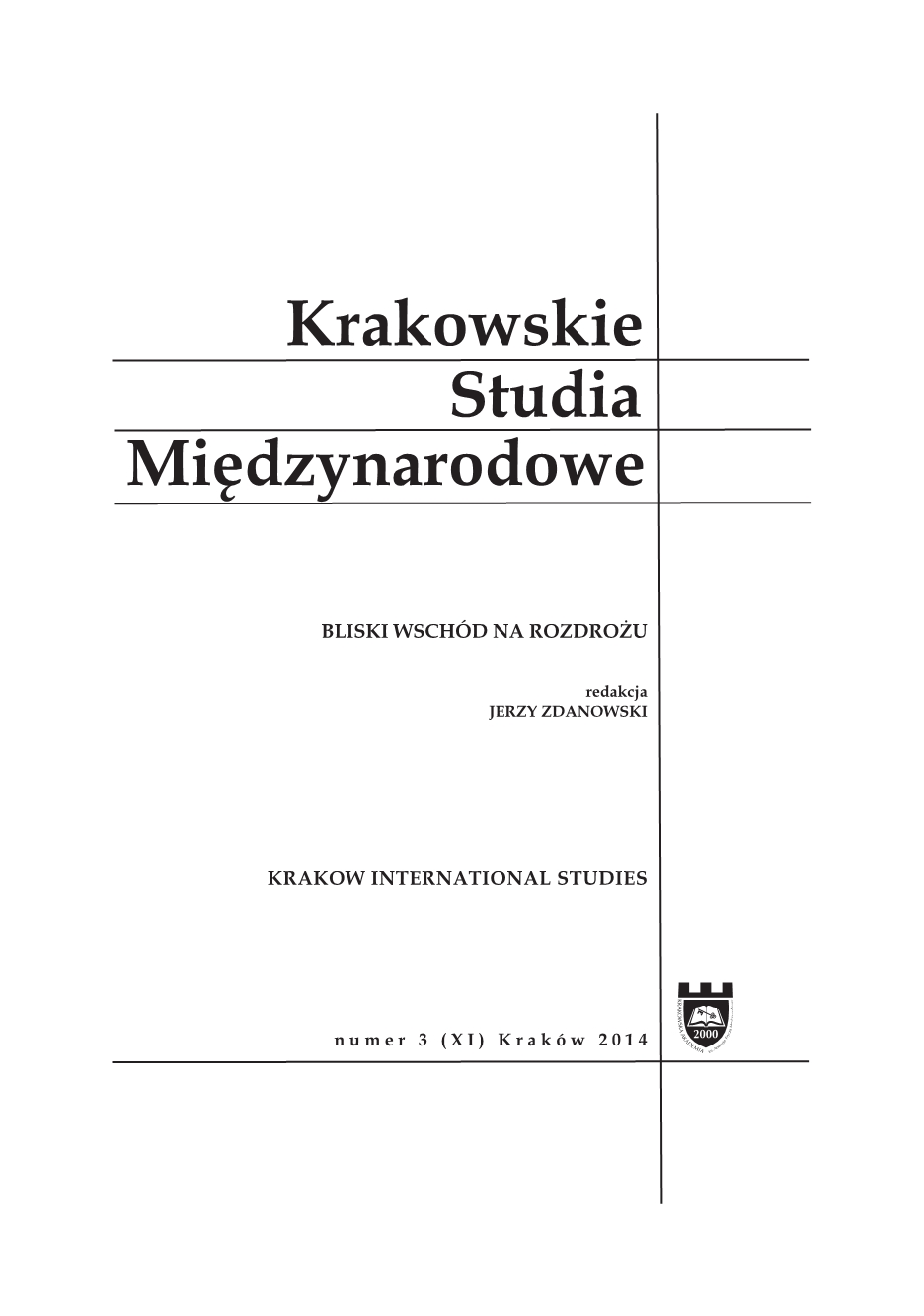
The article is an analysis of the impact of geopolitical changes and crises in the Middle East to the unity and stability of Lebanon in the XXI century. Disintegration of Lebanon is the result of the confrontation of conflicting interests of the Shiites and Sunnis after 2005, which overlap with the lines of divisions and regional tensions. The origin causes of the crisis in Lebanon are: weak consensus concluded in al-Ta’if in 1989 and the internationalization of ethnic confl ict in Lebanon. The factors above and geopolitical conditions linked country with four regional crises, and from their solutions depends the unity and stability of the Lebanese state in the future. These are: civil war in Syria, struggle of domination between Saudi Arabia and Iran, the problem of jihadists of Islamic State, and the Arab-Israeli conflict.
More...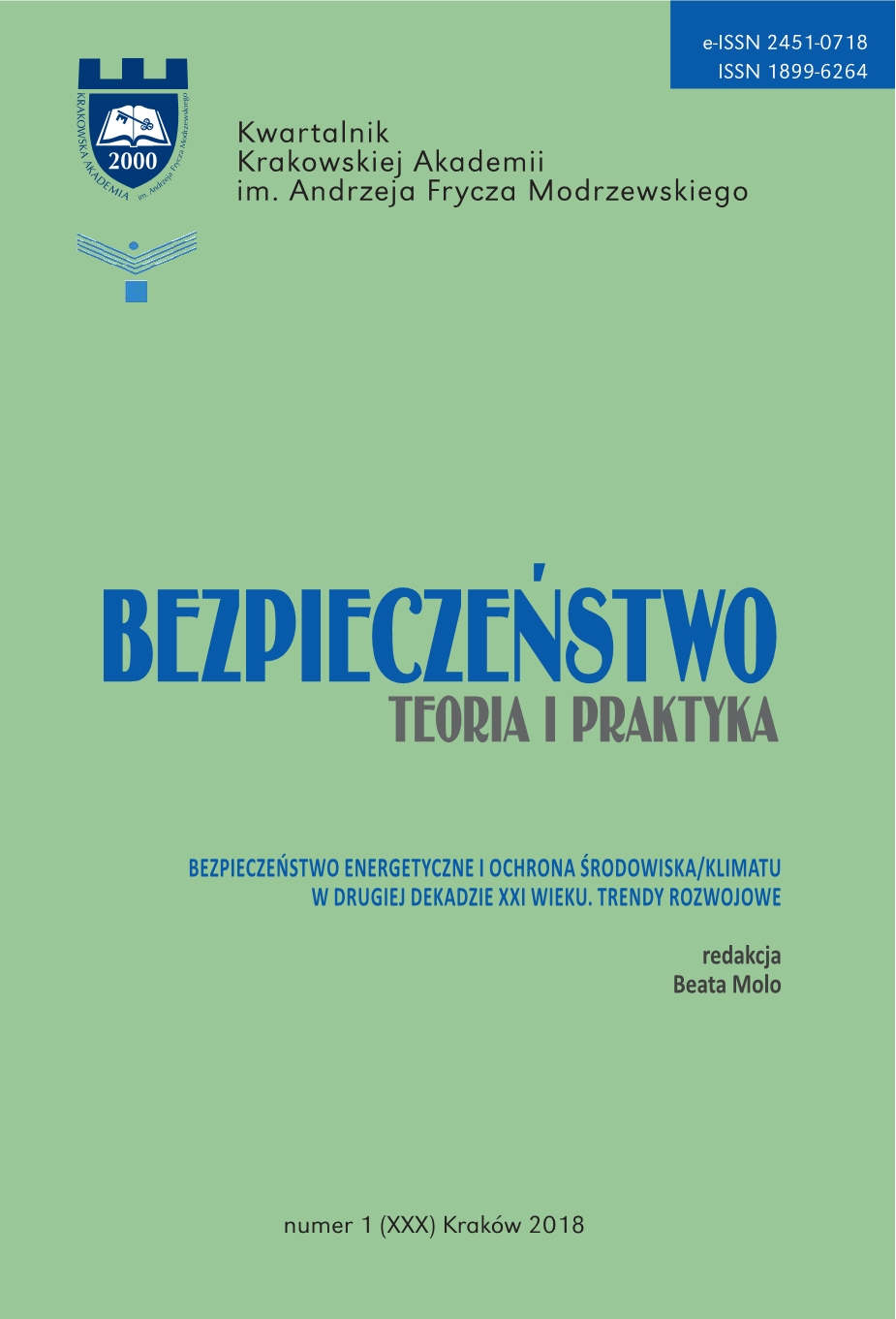
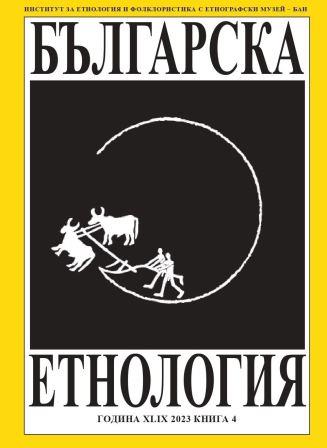
In my previous announcements and publications, I have already paid attention to the expedition of the famous Bulgarian folklorist Rayna Katsarova in Dobrudza in the summer of 1944. The expedition is more deeply analysed in this article, the particular occasion being that after the finding of the file with the report by Rayna Katsarova about this travelling, I was happy to find her fieldwork records done in several living settings in Northeast Bulgaria: Balchik, Lyulyakovo, Dobrevo, etc. Their data is preserved in the Musical Folklore Archive of the Institute of Art Studies at the Bulgarian Academy of Sciences. A specific focus of Rayna Katsarova’s expedition in Dobrudza is the Bulgarian newcomers from Tavria (region which at that time was situated in the Ukrainian SSR), who bear specific vernacular, traditions and folklore. Our big folklorist did not know at the time being that just in several months they would leave their metropolis. In about 2000 Tavrian Bulgarians were deported back to the USSR. In their turn, the Tavrian Bulgarians in Dobrudza did not know that the meetings with a scholar like Rayna Katsarova were a unique chance to leave to the next generation a record of a small part of their cultural memory, rites and musical folklore as a document for the development of their culture and ethnic identity in the conditions of the Second World War.
More...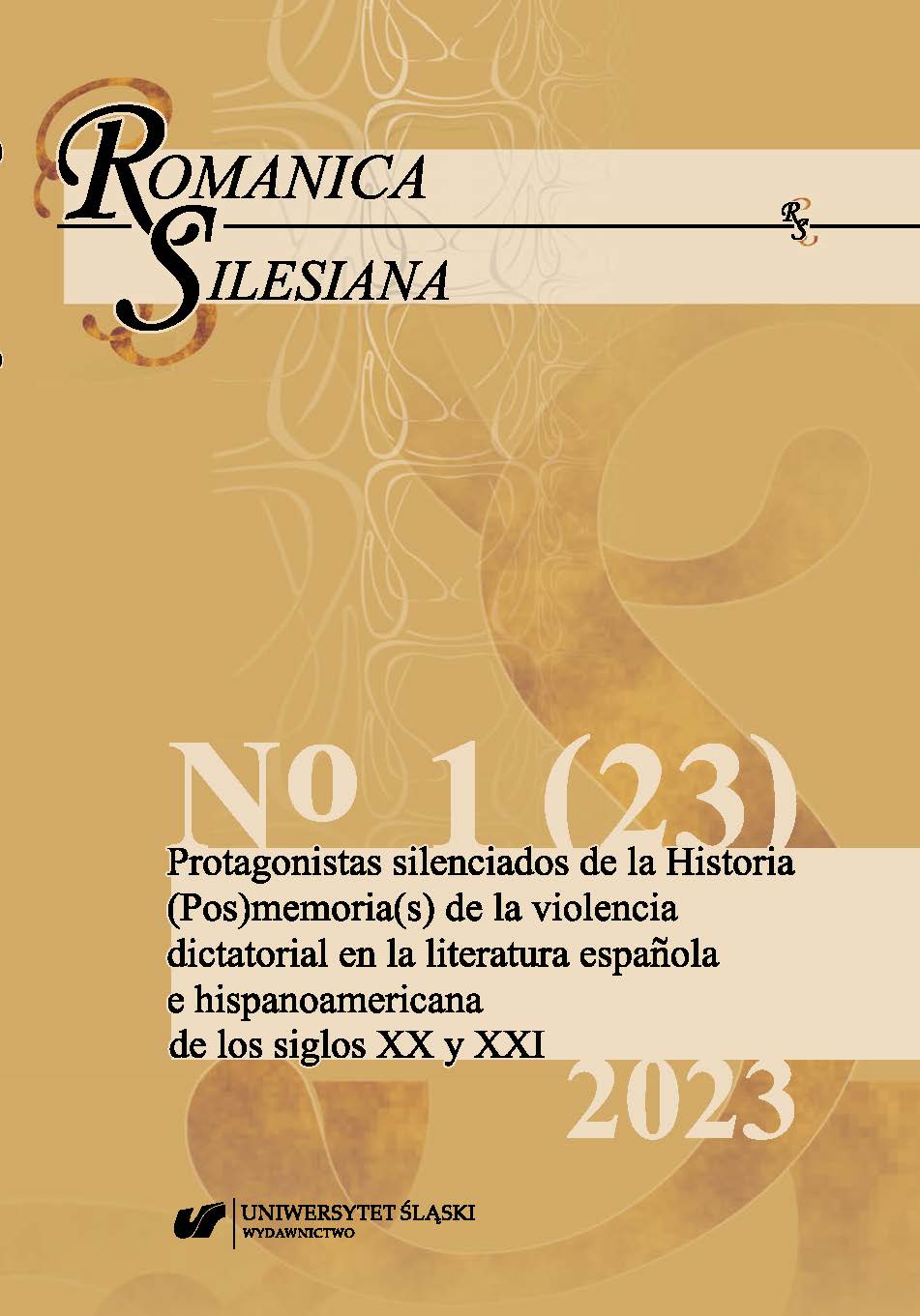
Writing about memory involves balancing on the limits of the symbolizable and the unspeakable of trauma – individual and social – putting together puzzles in which some of the pieces do not fit and others have been lost. The aforementioned novels, both within the imaginary of disenchanted impotence in the face of the reconstructive faculty of memory in personalities devastated by state violence, share traits that connect them: both confront the difficulties of a pathological narrative by posing it from a delirious and/or dislocated discursive inquiry in which the authors sustain the literary possibility of anamnesis. The aim of this article is to explore the fragmentary, fetishizing construction of the paradoxes of memory in the aesthetic constitution of both novels as the only possible support in front of the irreparable damage produced by social subjugation. Through stylistic traits, the reconstructive, salvific viability of traumatic memory is renewed, and at the same time put into crisis.
More...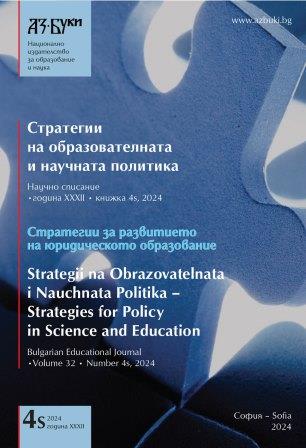
The issue of illegal migration has escalated into a critical concern for numerous nations, including Bulgaria. This article examines the consequences of illegal migration on Bulgaria’s national security, analyzing current data, policy measures, and socio-economic effects. The discussion highlights the diverse risks and threats associated with illegal migration and emphasizes the need for well-rounded strategies that address both security needs and humanitarian responsibilities. Illegal migration poses substantial risks to Bulgaria’s national security, affecting border integrity, economic stability, social cohesion, and international relations. A balanced approach that combines robust security measures with humanitarian responsibilities and international cooperation is essential for tackling these challenges. By implementing comprehensive strategies, Bulgaria can mitigate the threats posed by illegal migration while fulfilling its ethical and legal obligations.
More...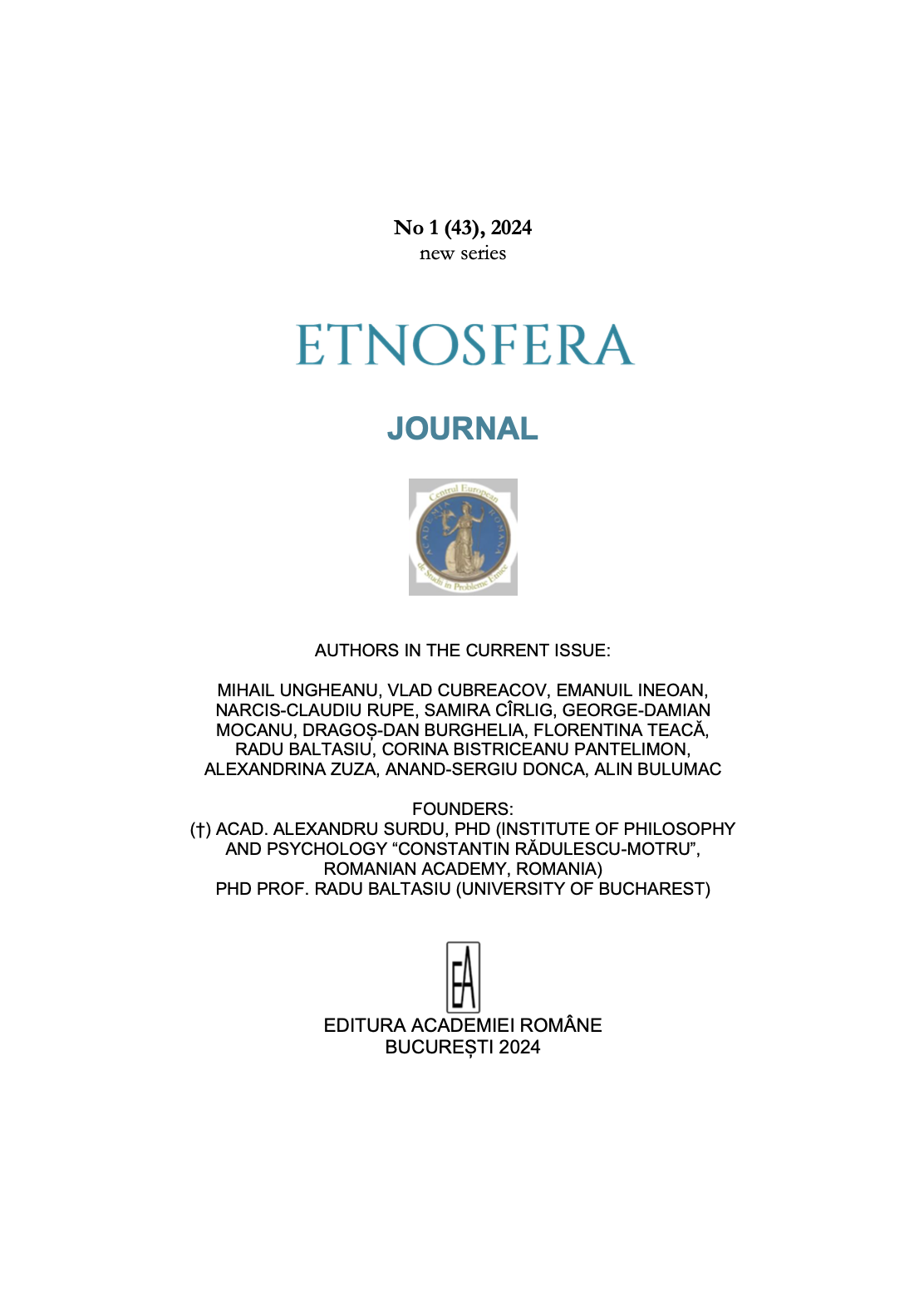
The cemetery of the Romanian community in Plăieșii de Jos testifies by the inscriptions on the funerary monuments to the process of ethnic assimilation that has been going on here for a long time. An extended analysis of these inscriptions may bring new elements for a better understanding of this process of ethnic assimilation of a Romanian community.
More...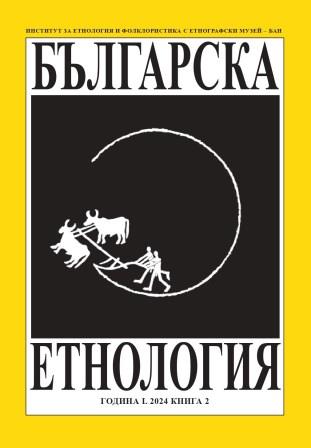
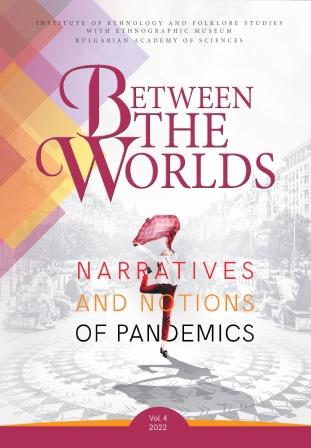
The COVID-19 pandemic influenced and changed the personal and social life of thousands of people. Armenians in Bulgaria as all Bulgarian citizens had to go through the lockdown and restriction time. On a personal level, Armenians stopped visiting relatives and gathering. On an institutional level, Armenians looked for strategies to cope with the challenges of the pandemic situations – cultural organisations had to find ways to arrange events and celebrations, schools – to teach their lessons, restaurant entrepreneurs started to offer food delivery, representatives of Armenian churches searched for new mechanisms of preaching and supporting spiritually the Armenians. Based on fieldwork material gathered during the pandemic period, the paper presents some examples of how Armenians in different Bulgarian towns succeeded (or not) in expressing their ethnic and cultural Armenian identity and living as part of the Armenian diaspora in Bulgaria.
More...
The COVID-19 pandemic has turned the lives of people around the globe upside down because of its dangerous nature and speed of spread. The pandemic has forced people to change their outlooks, habits, lifestyles, and working methods to adapt to new contexts. In Vietnam, for the education sector, these strong impacts, on the one hand, created difficulties and challenges; on the other hand, they also created opportunities to adapt to new forms of teaching; and the motivation for teachers and students to have cognitive changes, contributing to the on-going educational innovation process. These effects on teaching in the ethnic minority areas of Vietnam in general and the Northern mountainous provinces of Vietnam, in particular, have become increasingly obvious. In the context of complicated developments of the COVID-19 pandemic, from the research of the teaching situation at the lower secondary level in some mountainous provinces in Northern Vietnam, in this article, the authors will analyse and explain the challenges and adaptations of those working in the education sector in these regions; and draw lessons and practical experiences as a basis for proposing specific and urgent recommendations to deal with the impacts of pandemics and maintain effective teaching for students in these areas.
More...
COVID-19 shocked and shook the whole world. Hardly anyone could have predicted a similar pandemic. Romani communities in Europe face a much higher risk of death, as their situation, already marked by extreme racism and poverty, has been worsening in the last decade. Many Roma are not covered by social welfare, and the most vulnerable are informal workers and emigrants. Those in the informal economy are not eligible for aid, while current measures prevent them from earning an income (Asenov, 2022: 1129–1153). Thereby Gypsy, Roma, Travellers, Kaale etc. communities are at higher risk of being infected by COVID-19 and at greater risk of severe outcomes as a result of contracting pandemic. Problems in Roma health care are often caused by cultural perceptions, value and norm systems and beliefs (Alexiadou, 2018: 261–283). In Finland, the problems arising from the healthcare practices of the Romani population are often related to both linguistic and wider cultural differences in relation to the main population. In this paper, I will give a few examples of the inside perspective of the Roma in Finland based on my intensive fieldwork since 1994. I will reflect on the reasons and consequences of living in the middle of two cultures, both linguistically, culturally, and socially causing global health and healthcare to crumble. I ask, why and how COVID-19 gets a different linguistic and cultural significance among the Finnish Roma in relation to the majority population.
More...
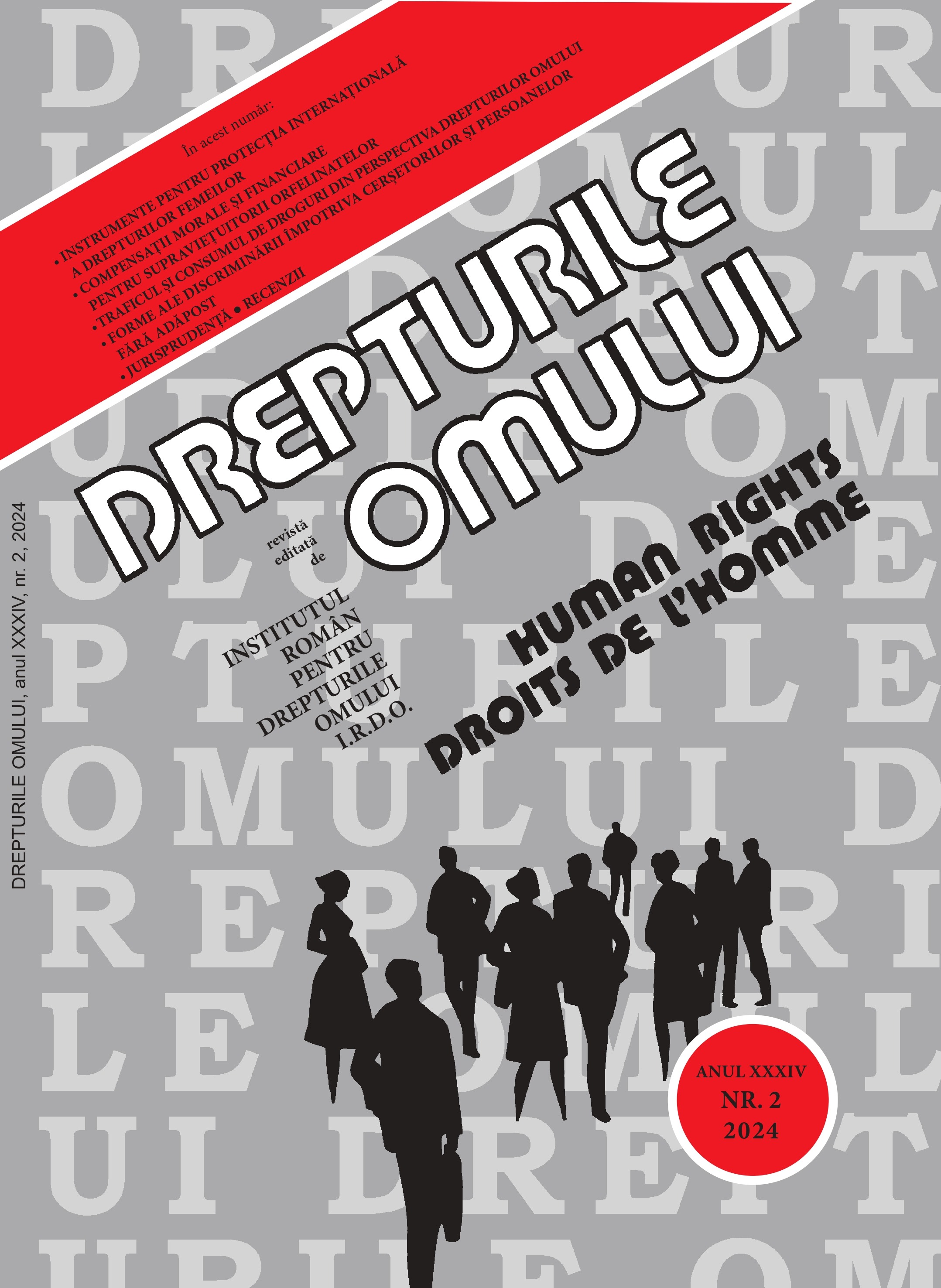
Racism does not always manifest in the form of overt acts such as racial violence or hate crimes, which are visible, explicit, and easily identifiable. Rather, it is deeply embedded within the very fabric of society, operating through the structures of social, economic, and political institutions. This systemic form of racism results in unequal treatment and perpetuates ongoing disadvantages. The current report examines these widespread systems of inequality, which affect both individuals and particular communities at a structural and institutional level, specifically focusing on structural and institutional racism. Its purpose is to analyze the situation in eight EU member states (Czechia, Germany, Greece, Latvia, the Netherlands, Romania, Spain, and Sweden), to present an overview of the current state of affairs, and to provide a preliminary set of recommendations for both national and European authorities.
More...
Teaching in a multicultural environment presents both enriching opportunities and unique challenges for educators. The diverse backgrounds, languages, and cultural perspectives of students contribute to a dynamic learning environment, but they also require teachers to navigate various complexities. This article explores the key challenges faced by educators in multicultural settings and suggests strategies to overcome these obstacles. Foreign language teaching and learning today are characterized by a blend of technological integration, communicative methodologies, a focus on intercultural competence, individualized approaches, and innovative assessment practices. These developments aim to equip language learners with the skills and cultural awareness necessary to thrive in our interconnected and multicultural world.
More...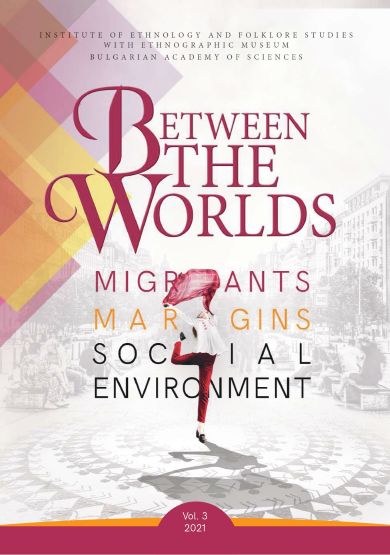
Based upon ethnographic fieldwork conducted amongst families of Bulgarian Roma returnees and refugees from the Middle East in Bulgaria, this paper discusses the problems of adaptation, which children face in elementary and secondary schools. Using a dialogical approach as the main strategy of fieldwork, I interviewed Roma returnee parents and children from different settlements, on the one hand, directors, homeroom teachers, and school staff, on the other, as well as experts in education. I conducted research amongst refugee families from Afghanistan, Syria, Iraq, and Iran in the southern town of Harmanli, where a refugee camp was set up in 2013. I am specifically interested in the children’s enrollment for the school years 2017 – 2018 and 2018 – 2019 when, for the first time, refugee pupils are enrolled in larger numbers in public schools, as a result of the introduction of Ordinance No. 3 of 2017. On the basis of the fieldwork material and reviewed documents, I state that the approaches to returnee and refugee students can be called ‘mainstream’ and ‘specific’ approaches. Under the mainstream approach, the pupils are categorised as ‘children of Bulgarian citizens living abroad’ and none of them are specifically labeled as ‘Roma’. The attitude towards them is similar to that of children of other Bulgarian return migrants. A special (targeting) approach is adopted for refugee children, who are included in the same group of ‘vulnerable’ students along with Roma pupils, assuming that both do not have a good command of the Bulgarian language and are at risk for unsuccessful adaptation at school.
More...
This paper examines the intersections of misogyny and homosexuality within the Harlem Renaissance, specifically through Wallace Thurman’s novel Infants of the Spring. The analysis illustrates how Thurman, along with contemporaries like Alain Locke and Langston Hughes, engaged with the intricate socio-cultural landscape of Harlem during the 1920s. By critiquing the patriarchal and heteronormative constructs prevalent during this period, the study explores how these figures perpetuated certain misogynistic attitudes despite their progressive stances on racial and sexual identities. Utilizing Marilyn Frye's theories on male supremacy and homosexual identity, alongside Eve Kosofsky Sedgwick’s ideas on the epistemology of the closet which reveals the dualities and contradictions within gender and sexual identities, the paper argues that the Harlem Renaissance, while a site of significant cultural production and resistance, also mirrored broader societal contradictions concerning gender and sexuality. Through a close reading of Thurman’s work and the interactions of historical figures at events like the 1924 Civic Club dinner, this study reveals the disparate and contradictory ways in which African American writers and intellectuals both challenged and conformed to oppressive norms.
More...
The culture of the Banat minorities is strongly reflected in the radio shows dedicated to them by promoting the traditions, language and values specific to each community. Radio Timișoara and Radio Reșița broadcast programs in German, Hungarian, Serbian, Slovak, Czech, Bulgarian, Ukrainian and Romanian, offering listeners cultural information, news, interviews with community representatives, traditional music and accounts of important ethnic events. These programs contribute to preserving the cultural identity of minorities and strengthening intercultural dialogue in Banat, a region with rich ethnic and historical diversity.
More...
This paper aims to explore the phenomenon of globalization from the perspective of its profound influence on world cultures, generating both opportunities and threats. On the one hand, globalization facilitates the exchange of ideas, cultural diversity, and access to new perspectives, contributing to the evolution of collective identities. On the other hand, cultural homogenization and the dominance of Western models can lead to the erosion of local traditions and the loss of national identities. From this perspective, we analyze the process of cultural resilience, which becomes essential for communities, enabling them to adapt to global changes without losing their specificity. Thus, globalization can be both an opportunity for cultural enrichment and a threat to diversity, depending on each society’s ability to protect and capitalize on its cultural heritage.
More...